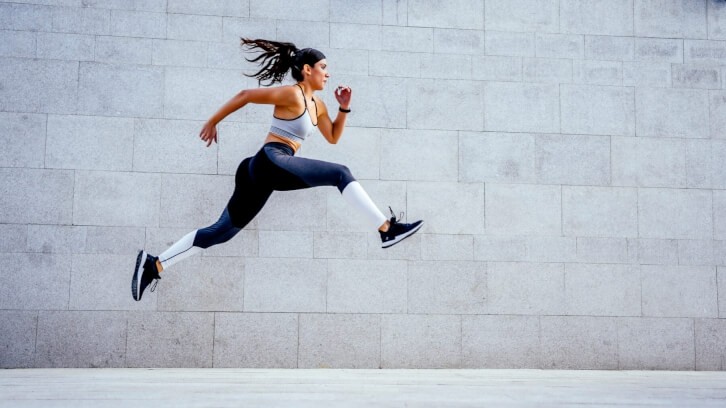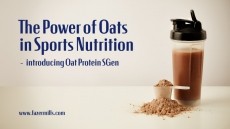Microbiome composition associated with exercise performance: Study

Specifically, the research observed a correlation between species such as Bifidobacterium longum and Bifidobacterium adolescentis and all assessed performance measures, but most significantly with VO2max.
In addition, beneficial short-chain fatty acid (SCFA) producing species were found to be associated with maximal power during high intense exercise.
“To our knowledge, no study has yet compared the microbiome of trained (non-elite) and untrained individuals,” the Polish researchers wrote. “Our results confirmed that the health status of individuals are consistent with assumptions about microbiome health. Furthermore, our findings indicate that microbiome features are associated with better performance previously identified in elite athletes."
The study, published in the journal Plos One, was funded by the Polish National Science Centre.
Microbiome and exercise performance
The growing study of the gut microbiome has established that many host factors can influence its composition including, sleep, diet and age. Dysbiosis of the gut microbiome can lead to an array of adverse outcomes and may be linked to many immunoregulatory disorders.
The benefits of a physically active lifestyle have been well established, but it has been observed that exercise may result in both acute and chronic alterations in the microbiome to promote positive health outcomes. In addition, research has suggested that the microbiome may be linked to sporting performance, and altering its composition may enable targeted performance improvements.
Previous studies have noted that a higher alpha diversity and species including Faecalibacterium prausnitzii, Roseburia hominis, Akkermansia muciniphila and Eubacterium may be linked to stronger athletic performance. However, research is inconsistent, and compositions are varied depending on the individual and type of exercise.
Thus, the present study sought to further evaluate the gut microbiota and its response to maximal intensity exercise interventions in both endurance and strength athletes.
Study details
The case-control study recruited 52 healthy, active men, who were assigned to either an endurance, strength and control group. Each group was assessed for faecal microbiome DNA composition before and after two exercise tests.
The tests included a repeated 30 second all-out Wingate test (WT) assessing explosive and high intensity fitness level and the Bruce Treadmill Test, which assessed cardiorespiratory fitness level. A period of two weeks separated each test.
An abundance of Alistipes communis was observed in the strength group during the WT, and 88 species had notable between-group differences in the Bruce Test.
When comparing individual VO2 max, average power and maximal power parameters, the researchers obsevered several different taxa with difference baseline abundances and longitudinal changes.
Bifidobacterium longum and Bifidobacterium adolescentis species were found to be associated with all fitness parameters, but most strongly with VO2max. In addition, there was an increase in abundance in the high VO2 max group throughout the Bruce Test. Contrastingly, negative associations were reported between Bacteroides species and VO2 max.
In addition, positive correlations were determined between common SCFA producers (Blautia wexlerae, Eubacterium rectale and Intestinimonas timonensis) and maximal power during the WT.
"SCFAs can be used as an additional substrate for metabolism, being a desirable feature for endurance sports and related training," they wrote. "However, butyrate also induces beneficial alterations in skeletal tissues, which could explain the correlation between butyrate producers and power output.”
The researchers stressed that further data including metabolomics would provide insight into individual interventional responses and the underlying mechanisms of action.
Source: Plos One
doi: 10.1371/journal.pone.0297858
“Microbiome features associated with performance measures in athletic and non-athletic individuals: A case-control study”
Authors: Kinga Humińska-Lisowska et al.











